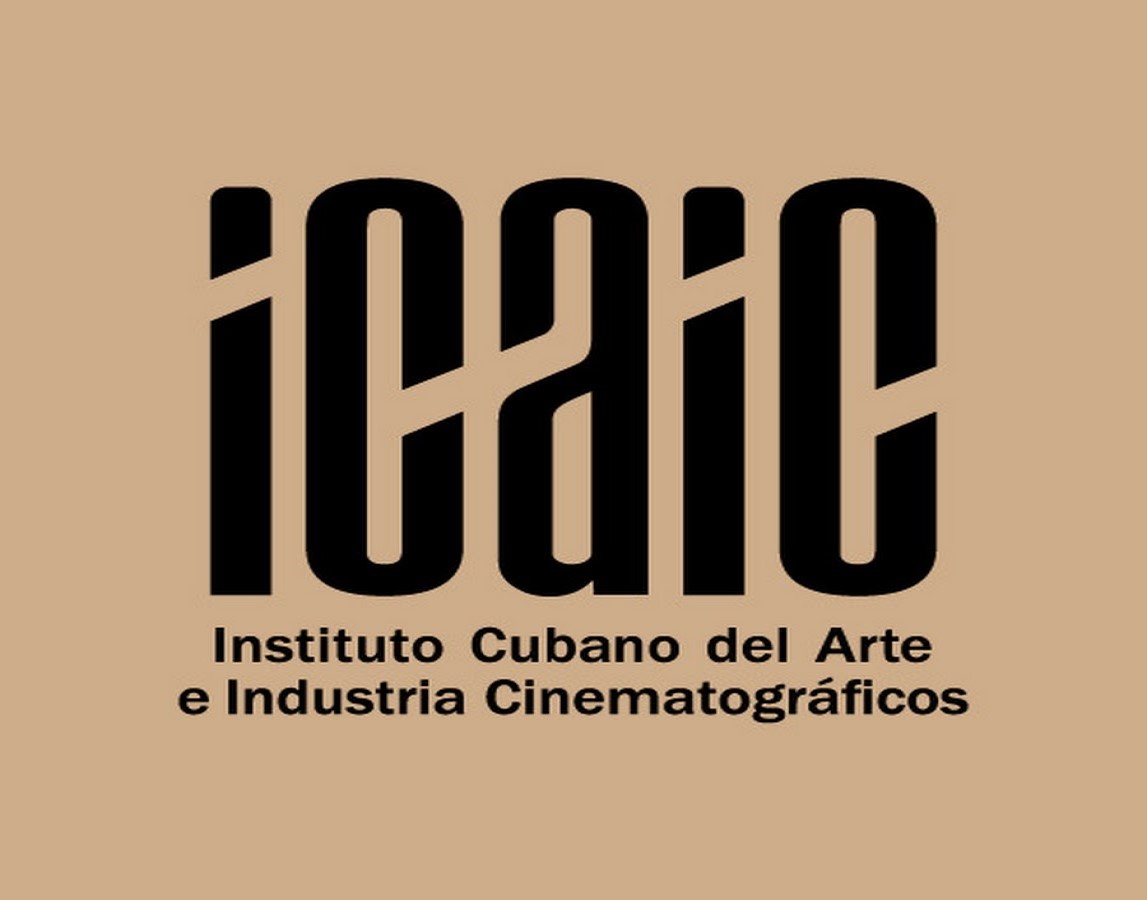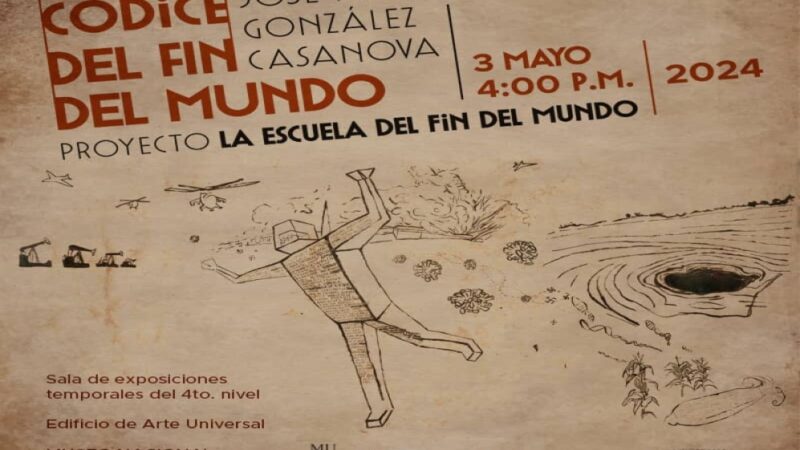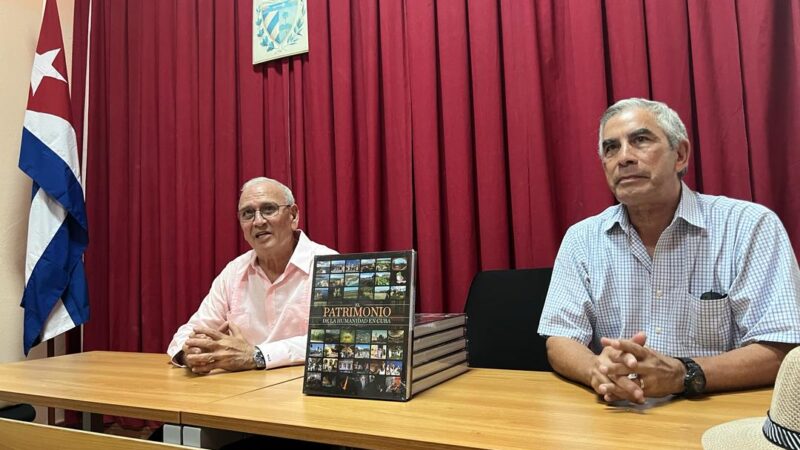ICAIC, a reference point for Cuban cinema

Just three months after the triumph of the Revolution, in a complex and accelerated process of transformation, the fundamental values that would guide the development of Cuban cinema were perpetuated with the creation of the Cuban Institute of Cinematographic Art and Industry (ICAIC in Spanish) on March 24, 1959.
Established by Law No. 169 of the Council of Ministers of the Revolutionary Government of the Republic of Cuba, ICAIC’s mission from the outset was to take on the challenge of film production, reviving filmmaking and accompanying the process initiated in 1959.
«The goal was to develop a profoundly national cinema, distant from the traditional patterns of commercial filmmaking. The scope of the projection was such that even today it remains the guiding compass of the creative matrix of Cuban cinema,» says Dr. and University Professor Antonio Álvarez Pitaluga.
This first decade, considered the most important for the institution in terms of creativity and production, was influenced by some of its creators who were inspired by different aesthetics, including Brazilian and French cinema, as well as Italian neorealism.
During this period, the mark of emblematic authors such as Tomás Gutiérrez Alea, Julio García Espinosa, Humberto Solás and Manuel Octavio Gómez was established. The documentary film was strengthened in its approach to reality by, among others, Sara Gómez, Nicolás Guillén Landrián and Santiago Álvarez, who masterfully developed the Noticiero Icaic Latinoamericano.
The system of mobile units, the ICAIC Sound Experimentation Group, the Popular Encyclopedia, and the renewal of graphic visuals in posters also remain from this period.
The economic changes of the 1970s and the influence of the bureaucracy, the renewal of a constructive step in the 1980s and the dramatic impasse in all aspects of national life in the 1990s left a Cuban cinema that was tempered with reality, but not unreflectively given to the immediate needs of that historical present.
Historically, ICAIC has marked the evolution of cinema on the island. Sixty-four years after its foundation, the changes and transformations must make the work viable from the initial idea of seeing film as an artistic creation.
The work of the Cinemateca de Cuba, the film archives, the promotion of the International Festival of New Latin American Cinema, the creation of the International School of Film and Television of Cuba in San Antonio de los Baños (Eictv in Spanish) and the Film Faculty of the Higher Institute of Art in 1987 and 1988, respectively, are proposals that attest to the importance and role of this institution in the cultural life of Cuba.
The influence of current trends, however, defines a space where creators cannot lose the identity of Cuban filmmaking since 1959. As Antonio Álvarez states: «(…) it is advisable for them not to fall into the nets of the international commercial film industry, in order not to transform the national production into a cinema made in Cuba, but to continue making Cuban cinema as they have done until now.»
In this endeavor, ICAIC is framed in a context marked by the presence of co-productions in the face of economic scarcity, which, both now and in the past, has shown other obstacles to its functioning.
For some time now, the financing of works in international co-production has opened up a space in which the work does not always refer to how we see ourselves, but to how others see us.
In the face of these and other challenges, the dialogue with creators and the renewal of the structures of this cultural institution will be the most effective tools for addressing the demands and needs of national filmmaking and its related productions. All this from the inherent commitment of art to those who complete it in time.
Translated by Luis E. Amador Dominguez



